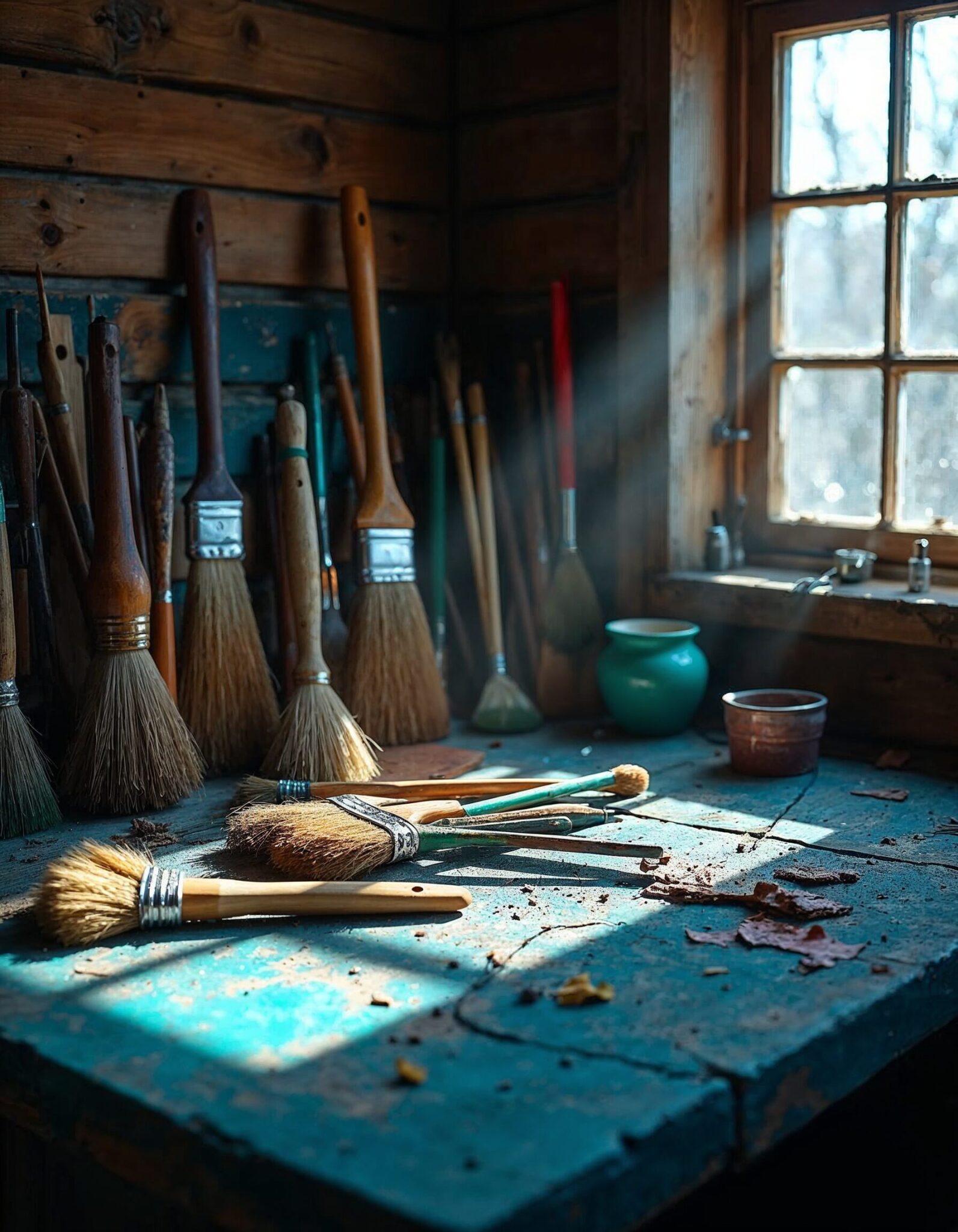Discover inspiring strategies for creating breathtaking landscapes by urartstudio.com.
How to Make Your Landscape Sketching Stand Out
Creating dynamic and compelling landscape art is an essential skill for every artist. Learning landscape painting techniques not only adds life to your artwork but also helps evoke deep emotions in your viewers. Let’s explore some actionable tips to help you take your landscape sketches to the next level, turning your artistic vision into unforgettable masterpieces.
1. Start with a Strong Focal Point
A strong focal point is the heart of any successful composition. Before you begin sketching landscapes, think about where your audience’s eye will naturally land. Whether it’s a towering tree, a distant mountain peak, or a serene river winding through a valley, visually anchor your composition around this point.
- Pro Tip: Use contrasting tones to emphasize your focal point. Light against dark or vibrant colors surrounded by neutral tones will help draw attention.
2. Divide the Space with a Rule of Thirds
Use the Rule of Thirds to compose balanced and harmonious scenes. Imagine breaking your canvas into a 3×3 grid and align important elements—like the horizon or key features—along these lines and intersections.
- Example: Place the horizon line either in the lower third (to emphasize the sky) or upper third (for more ground detail).
- For even more creative drama, break the rules by making your vantage point low or high.
3. Incorporate Layers to Build Depth
Depth brings landscapes to life! Use painting techniques such as overlapping elements and varying levels of detail to craft a sense of perspective. Divide your scene into these layers:
- Foreground: Add detailed grass, trees, or rocks to pull the viewer into the painting.
- Middle Ground: Introduce slightly less defined terrains like lakes, or cabins.
- Background: Keep distant mountains or skies less detailed for a soft, hazy effect that adds realism.
Experiment with acrylic painting techniques to create texture and dimension in these layers.
4. Experiment with Perspective
Playing with unique perspectives in landscape art can completely transform your composition. Try drawing from:
- A bird’s-eye view: This gives your scene a sweeping, majestic feel.
- A low-angle shot: Create drama by making foreground objects appear larger than life.
Additionally, add winding paths or rivers, which lead the eye into the composition as they fade into the distance.
5. Let Color Tell Your Story
Instead of simply copying nature, infuse your landscape with mood-enhancing acrylic paint. Bold, dramatic skies can add tension, while soft, pastel hues evoke peace and calm.
- Experiment with warm & cool colors to establish tonal contrast. Warm tones bring elements forward, while cool tones make them recede into space.
- Play with color harmony to unite your composition. Consider analogous or complementary palettes for added depth.
6. Master the Sky—Your Ultimate Canvas
The sky can make or break your composition. Use this space to communicate weather, mood, and time of day.
- Morning Skies: Use soft blends of peach, lavender, and pale blue for serenity.
- Stormy Atmospheres: Experiment with darker, turbulent clouds to create drama.
- Twilight Magic: Gradients of deep purples, reds, and oranges transport viewers into dusk.
Bonus Tip: Don’t forget to use the right brushes for creating realistic skies, like softer ones for blending and stippling brushes for textured clouds.
7. Add Life and Movement
Even the most serene landscape paintings benefit from subtle elements of life and movement.
- Include wildlife: A flock of birds or grazing deer will add dynamism.
- Add motion: Winding rivers, swaying tree branches, or rippling reflections can “soften” a static image, making it feel alive and immersive.
8. Don’t Fear Negative Space
Negative space is just as important as the areas filled with detail. Leave certain parts of your sketches open and simple to give your viewer’s eye a place to rest. This strategy works wonders in minimalist landscape painting techniques that focus on just one or two features of the environment.
9. Use References—Then Add Your Twist
Study and work from real-life photos, sketches, or even videos, but remember to inject your unique style. Capture the essence of your subject and push its limits by experimenting with acrylic paint textures or exaggerated details.
10. Constantly Experiment and Practice
As with any creative skill, practice is key. Dedicate time daily or weekly to sharpen your painting techniques and step outside your comfort zone to try unconventional approaches.
Final Thoughts
No matter where your artistic journey takes you, mastering landscape art composition is a never-ending learning process filled with experimentation, discovery, and joyous challenges. With the right tools and resources—like high-quality brushes or detailed step-by-step guides—you’ll be well on your way to creating stunning pieces that captivate every viewer who gazes upon them.
So grab your sketchpad, take a deep breath, and start drawing your next masterpiece today!
Keywords for SEO Optimization:
- landscape painting techniques
- acrylic painting ideas
- how to paint landscapes
- acrylic art supplies for landscapes
- painting tips for beginners
- brushes for landscape painting
- step-by-step landscape painting
- creating depth in landscape art
Hashtags for Social Media:
#LandscapePainting #PaintingTips #AcrylicLandscape #AcrylicPaintingIdeas #ArtCompositionTips #PaintingIdeas #PaintingTutorial #LandscapeArtTips



Leave a Reply
You must be logged in to post a comment.